GMO Animals? European Medicines Agency (EMA) Pushes Plasmid DNA Vaccines for Veterinary Use
What could possibly go wrong?
One-time or recurring donations can be made through Ko-Fi:
What occurred once, it shall occur again, And what was done, it shall be done again.
There is nothing at all new under the sun. - Ecclesiastes 1:9
For even as the days of Noah, thus shall be the presence of the Son of Mankind. - Matthew 24:37-39
On January 26, 2024, the European Medicines Agency issued a Guideline on plasmid DNA vaccines for veterinary use.
Page 3
Executive summary
The aim of the guideline is to outline the information which should be included for plasmid DNA vaccines in the marketing authorisation application (MAA) dossier of veterinary vaccines as required in Section IIIb (Requirements for immunological veterinary medicinal products) of the Commission Delegated Regulation (EU) 2021/805 amending Annex II to Regulation (EU) 2019/6 of the European
Parliament and of the Council of 11 December 2018 on veterinary medicinal products (repealing Directive 2001/82/EC), referred to as Annex II to Regulation (EU) 2019/6 throughout the document.
The guideline discusses aspects to consider for veterinary plasmid DNA vaccines and provides guidance on the information which should be included in Parts 2, 3, and 4 of the MAA
Pages 3-4
Scope
This document provides advice to manufacturers seeking marketing authorisation for nucleic acid vaccines for use in animals when the vaccine consists of (a) bacterial or (b) synthetic DNA plasmid(s)
This document is applicable to DNA vaccines, as defined in the document, consisting of plasmid DNA non-amplifiable in eukaryotic cells. Plasmid DNA vaccines may be composed of one or more plasmids coding for different immunogens derived from a single or different pathogens (virus, bacterium or parasite) or endogenous antigens.
Page 4
General considerations
There are several aspects of the use of a plasmid DNA vaccine, which are recommended for consideration:
1. The plasmid DNA which is internalised by the cells of the vaccinated animal may integrate into the chromosomes of the vaccinated animal and disrupt the normal replicative state of that cell, causing uncontrolled cell division and oncogenesis:
After the injection of DNA into an animal, a small proportion of the DNA molecules enters cells. The probability of any DNA molecule integrating into the chromosome is low and given that oncogenesis is a multi-factorial event, the risk of insertional mutagenesis is exceedingly low.
Integration studies, where relevant, should be undertaken with the finished product and the percentage of supercoiled plasmid used should be stated. So far, the integration of plasmid DNA into chromosomal DNA of a vaccinated animal has not been observed (EFSA, EFSA Journal 2017).
However, integration (e.g. into the muscle cells surrounding the vaccination site or into germ line cells in the gonads) cannot be discounted.
What could possibly go wrong?
We are living in the last days before the return of The Messiah.
The Book of Enoch and other ancient writings found in the Dead Sea Scrolls present a detailed account of what was happening on Earth before the Great Flood of Noah. They describe the Fallen Watchers’ assault on God’s Creation resulted in the genetic corruption of humans, animals, and plants.
Related Articles:





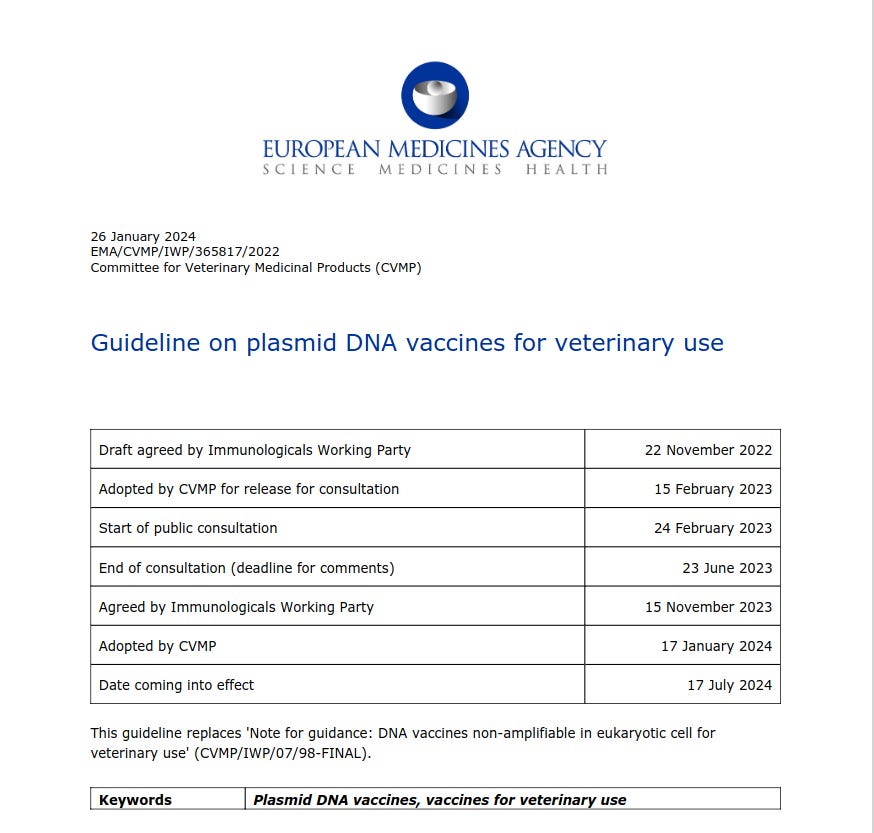
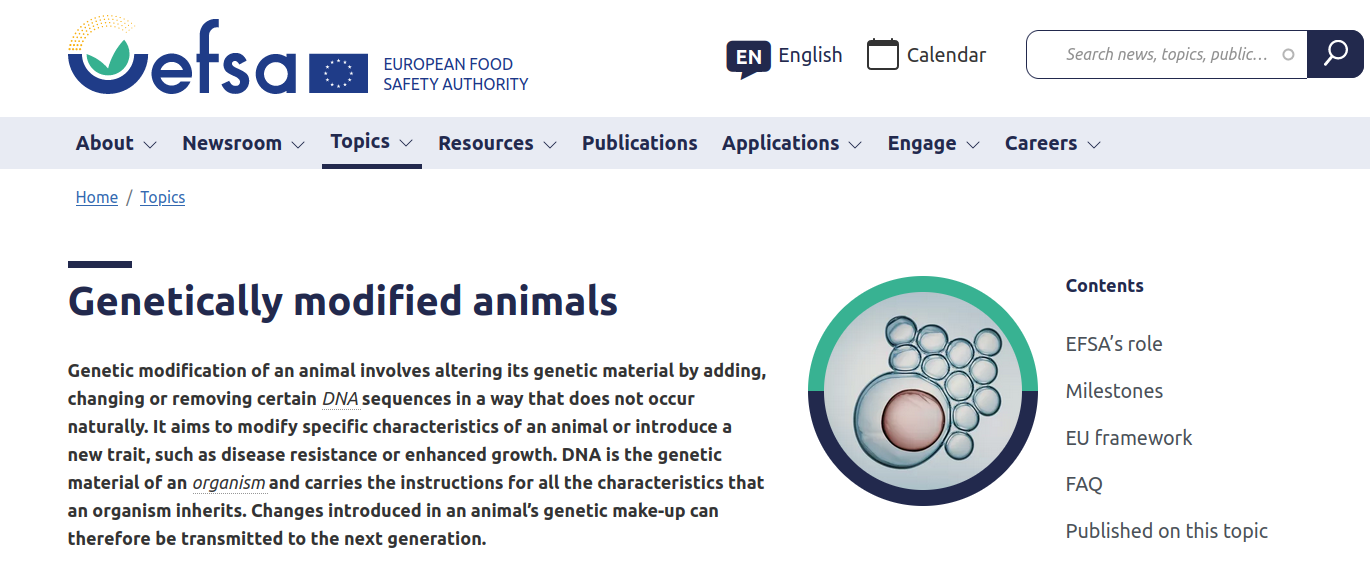
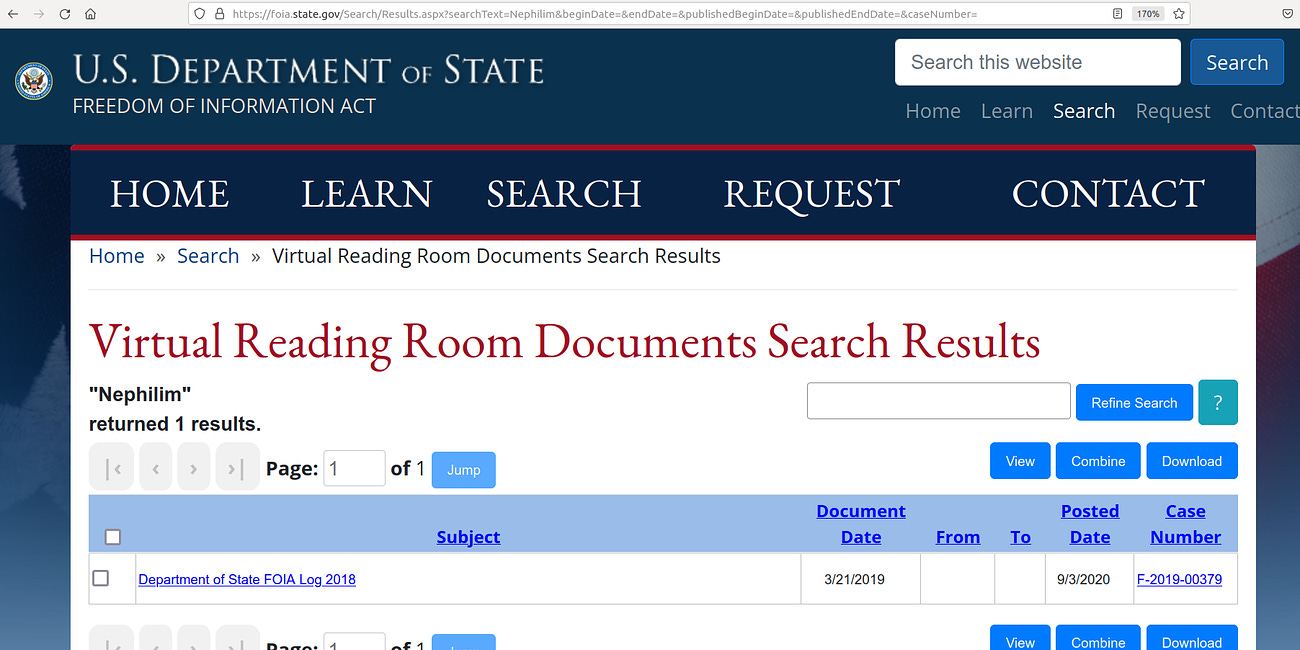

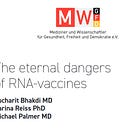


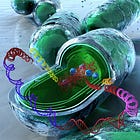


Dear Lord, deliver us from evil ...
They have been changing genome of animals and wildlife for decades, they are just getting you used to it now